By Carl Dawson | What does the name Peloponnese conjure up for you? If you’re geographically savvy, you’ll know that it’s the big lump of southern Greece that’s only just about attached to the rest of Greece at the narrow isthmus through which the Corinth Canal has been cut. And on this huge lump, some 180km long by 150km wide, are mountainous hinterlands rising to almost 8000 feet (2407m) culminating in three wild prongs to the south and a gentler peninsula, the Argolid, to the east. At the centre of the region lies the city of Sparta (Sparti).
Early-period historians (and film fans) will either know of the complex allegiances of ancient Greece, between the warring Athenians and the Spartans, and/or the military skills and training for which the Spartans were famous. Later-period historians will wonder at the savagery and tragedy of the post-WW2 civil war which still echoes in the Peloponnese remotenesses.
The culturally aware will be excited by the chance to visit the cradle of ‘civilization’ (famous for its rape, murder, incest, treachery and, possibly, royal baby-eating!) and walk around Mycenae and the amphitheatre at Epidavrus but only if this can be fitted in between picking at Kalamata olives, swigging Nemea wines etc.
But what of the climbing? Some of you will have been following recent developments in the media: but for those who haven’t, here’s a brief update to confirm your need for a visit.
Not many years ago the main focus of climbing in Southern Greece was in the north-west Peloponnese around the seaport of Patras. Just across the Gulf of Corinth from the city stands the multi-pitch heaven of Varasova; one of the birthplaces of modern Greek rock climbing. Here also, in the ‘90s, ‘hard-core’ arrived with unrelenting tufa walls above the empty lands around Alepochori, and ludicrously steep caves such as Chatzouri developed by serious strong Patras climbers like Aristomenis Thanopoulos and Yiannis Torelli. Information on these ‘private gyms’ could only be got from scraps on the internet and the reputation was that the bolting was equally ‘macho’.
More recently though, the focus has changed from west to east, bringing with it greater diversity of rock types, of favoured seasons, and of après-climb attractions.
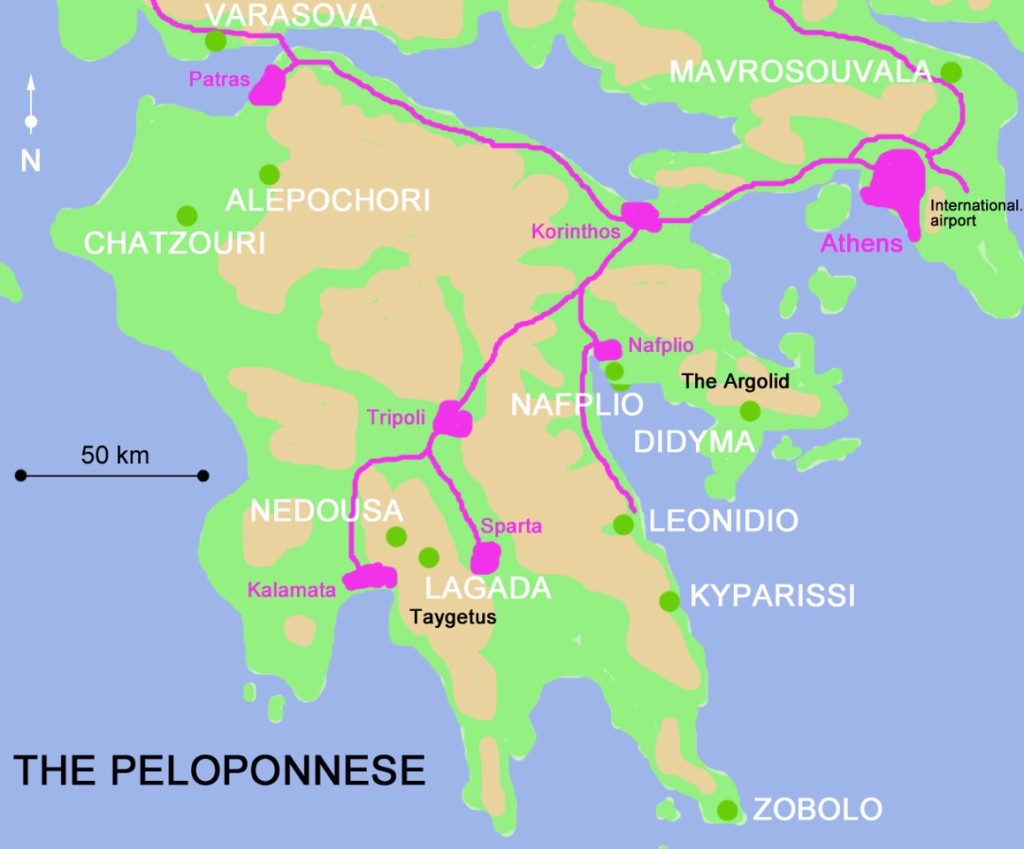
In the early-2000s over on the eastern Argolid peninsula, Jim Titt, then resident, was perfecting new types of bolt protection on the pleasant if minor crags of the area, with perhaps the best being the summit rim of Didyma, 1000m up and overlooking the island of Hydra like a Google Earth screenshot. At around the same time, Aris Theodoropoulos and friends were developing and, later, rejuvenating the seaside crags of Nafplio, this being perhaps the trendiest small town in Greece and certainly the warmest, driest spot in the Peloponnese for climbing midwinter. If you’re lucky enough to be able to combine pleasant seaside lower-grade sport climbing within walking distance of stylish wine-bars and boutique-hotels for your honeymoon, then this is truly ‘the place’.
At the other end of the year (but perhaps less suitable for a wedding) is the fabulously-located Lagada, just above the high road col over the Taygetus mountains. Here, at over 1000m altitude, above a sometimes-mown, lawn-like alpine meadow, is the perfect late-Spring venue for climbers operating at almost all grades, from 5b to 8b. The adjacent unmanned climbers’ log-cabin, built by the Sparta Alpine Club, makes a perfect base at the foot of the crags.
But all these locations merely foreshadow the explosion of new routing that has taken place in the second decade of the 2000s and this has swung the climbing centre of gravity in the Peloponnese from west to east. Not even the first scratchings of development at Nedousa, close to the airport city of Kalamata, has slowed this trend. Nedousa, in a quiet, almost dead-end valley, is plastered with crags of all aspects and sizes. With a small river flowing in the woodlands below, the 30m walls of tufa just 10/20 minutes walk from the road immediately catch the eye. But development here has been relatively slow (only 100 routes so far), with tales of run-out bolting (à la Patra) and a lack of amenities being cited. A well-placed campsite on the river bank could, nevertheless, change all that.
But no, it has been over in the east, between complex, wild mountains and the eastern coastline itself, that the most exciting developments are now taking place… and a fast coastal road from Athens is pushing farther south every year and destined to reach the latest hot-spot, the small, quiet and almost unsuspecting middle-class resort of Kyparissi, by 2016.
Winter snow on the higher peaks hint that climbing is possible in summer on the east-facing ‘rim’ crags of Kyparissi and yet only a short distance away up the coast, deep sheltered valleys with high south-facing mountain walls make Leonidio an excellent choice for winter climbing. And more crags are being discovered all the time. Small but exuberant festivals are bringing Greek activists and enthusiasts from beyond into partnership with the small coastal communities to mutual advantage: Zobolo in 2012, Leonidio in 2014, Kyparissi in 2015.
Zobolo feels like, and is, ‘the end’: the final tip of the final peninsula of Cape Malea. Here Greece stops. Beyond the final town of Neapoli, beyond the final village of Agios Nikolaos, the dirt roads begin and crags eventually come into view across petrified forests and the vastness of the Myrtoan Sea. With around 150 routes, the crags are very pleasant if not world class and are very worthwhile for climbers operating in the 6s and low 7s. Dimitris Titopoulos with friends from Athens, the Remy Brothers and Yianis Torelli worked hard on the development and the Zobolo climbing festival culminated in a boisterous street feast so exemplifying what can happen when local communities and climbers work together.
Leonidio, further up the east coast, is much easier to reach from Athens and makes a short visit from other countries an easy proposition. Isolation in the past has preserved a unique dialect in this area (reputedly a relic from ancient Doric Greek) but now the coast road leads quickly to this strange, still almost independent valley ‘state’, formed by a broad but almost dead-end trough running 15km down from the mountain interior to the sea. Immediately below the huge red mountain wall of Mount Parnon is the subsequently sheltered town of Leonidio itself, so strongly advantaged that it has the perfect winter micro-climate. A mile away from the beaches, it is a town that immediately appeals – just big enough, with its tavernas, climbers’ bars, encastellated hotels (if you can afford them!), supermarkets… and yet small enough to feel ‘at home’. And that huge omnipresent red wall is the reminder that climbing is integral to this valley and the reason why you’re here. As you might now expect, the Remys, Aris Theodoropoulos et al. have produced classic 250m multi-pitch routes on the red walls with the earliest routes dating back to 1987 and a surge of new interest in the last five years has resulted in new sectors which are in an almost continuous state of development along the valley sides. With EU regional funding, the Hellenic Federation of Mountaineering and Climbing has undertaken much of the recent work with key roles played by Kostas Liakos, Nikos Iliakos, the ubiquitous Remys plus many visitors including international stars like James Pearson and Caroline Ciavaldini. Most of the 300-plus new routes are single-pitch, with a wide selection for both lower-grade climbers and those wanting to project short testpieces in the 8s and 9s. Climbing history in Leonidio is still in the making.
If Leonidio is a growing adolescent, Kyparissi is the lusty new-borne. Kyparissi, the village, is still hidden and far enough away from mass-tourism: a small, almost sleepy coastal settlement, currently only reached by a tortuous journey via Sparti followed by a plunge over the rim of the world… and even that was not an option before 1970! Here are artists’ retreats and the like: gentle tourism. But maybe this slow pace of life is about to step up a notch… and not just with the ‘coming soon’ arrival of a direct road along the sea edge. The village community aided and abetted by climbers-in-the-know, Yannis Torelli, Aris Theodoropoulos, George Kopalides, the Remys again and headed by the enthusiastic Angy Eiter, may well be on the way to making Kyparissi THE place to visit in Greece.
When I first visited Kyparissi in 2012, we climbed on the Watermill sector, a small tufa crag close to the road just outside the village. This pleasant crag offered a small selection of just around 20 routes from 6a to 8b with the eponymous route “Kyparissi” 7a being a crag classic. But, standing back on the beach looking inland, it was not this crag that left me slack-jawed. Rather it was the bands of crags running along the east-facing skyline, line after line of them, and covered in what has been later described as the best, most solid, tufa in Europe. “Thousands…” I remember thinking to myself, “…there’s room for thousands of new routes”. Since then development has accelerated with Angy being a key activist and ambassador for the area. Easily accessible crags on the lower hillsides are now being bolted to provide a good selection of routes in the 6s and 7s, and the first sector on the upper rim, Babala, is receiving comparisons with Ceuse. However, other the slightly long walk-in, not much else do these two crags have in common! Whereas Ceuse was futuristically touted as the crag for the year 2000, perhaps Babala is the crag for 2020. Visualise tangled tresses of perfect steep tufa to pinch… but not a lot in the way of footholds and you’re getting close. Perhaps we’ll all have to train like Spartans now!
In the near future, more secrets of the Peloponnese will emerge. Kyparissi will become international renown as both a pleasant seaside holiday climbing destination for lower and medium grade climbers and the upper bands as one of the key hard-core tufa climbing areas in Europe. Climbing in other beautiful corners of the Peloponnese, such as the fabulous Monemvasia, will continue to develop and other secrets will emerge from the complex hinterland. With this ‘move to the east’, the history of climbing in the Peloponnese is only just opening its second chapter.
The practicalities
Flights into Athens are easily made from all over the world. Once here, there are of course competing attractions with the fine coronet of crags encircling the city (…in fact if you’re after seriously hard climbing, look no farther than Mavrosouvala to the north of the city). However, once beyond the madness of big city traffic, the hire car will practically navigate itself across the Corinth Canal and into the Peloponnese. Seasonal flights also come into Kalamata and Patras. For longer-stay visitors from Western or Northern Europe with their own transport, it doesn’t have to be difficult: car ferries from Italian ports such as Ancona or Trieste will get you to Patras in a ‘leisurely’ 30 hours (treat it as a mini-cruise after all that pre-trip training that you’ve been doing).
In terms of accommodation, there are campsites at several locations, such as in the Argolis or at Leonidio beach. Elsewhere, rented rooms at a variety of prices are available (see here and here for further information).
It is possible to climb somewhere in the Peloponnese at all times of the year with perhaps the exception of a very hot summer. One suggestion for an extended trip would be to start at the higher crags such as Kyparissi or Lagada in the early autumn and, by the beginning of winter, arrive at Leonidio or Nafplio.
To prepare for the trip and to get into the right mindset, you obviously need to read Steven Pressfield’s semi-fictional, largely factual Gates of Fire on Spartan warriors and Thermopylae (1999, Doubleday) and his Tides of War on the Peloponnesian War (2000, Doubleday). On a more somber theme, try and find Kevin Andrews’ harrowing The Flight of the Ikaros: Travels in Greece during a Civil War (1959, Penguin). Route descriptions for most crags will be found in Aris Theodoropoulos’s Greece Sport Climbing: The Best of (2014, Terrain) although visits to this site are essential for updates as well as topos to the more recent crags such as Babala.
—Carl Dawson

Lagada, a beautiful crag with an alpine feel near the town of Sparta. Photo: Aris Theodoropoulos/Climb Greece
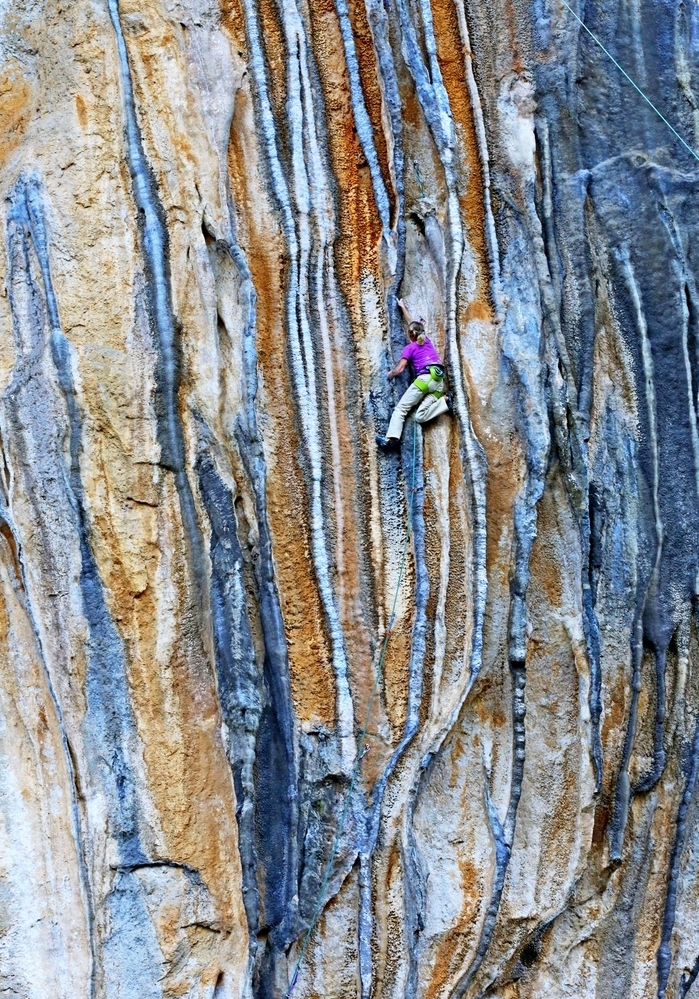
Angy Eiter on the jaw-dropping tufa snakes of “Leodokardos” 8a in sector Babala, Kyparissi. Photo: Aris Theodoropoulos/Climb Greece
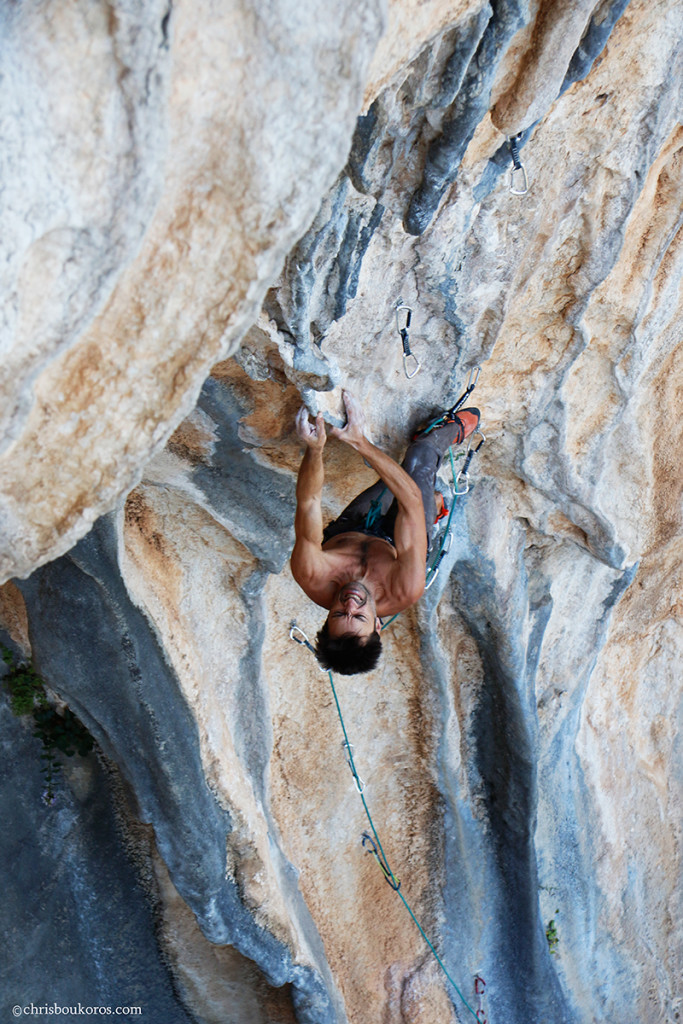
Aristomenis Thanopoulos gives it his all on “Magnum Opus” 7b+, sector Babala, Kyparissi. Photo: Chris Boukoros




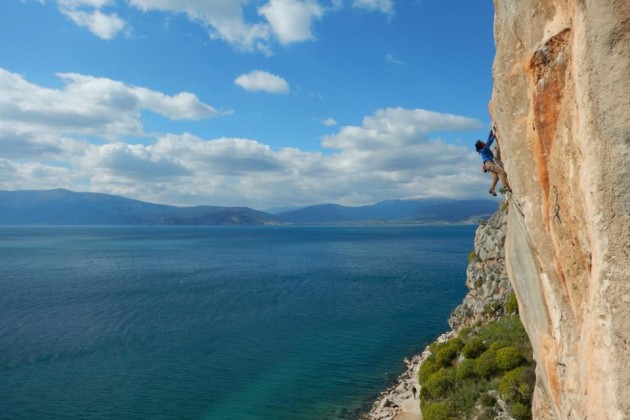
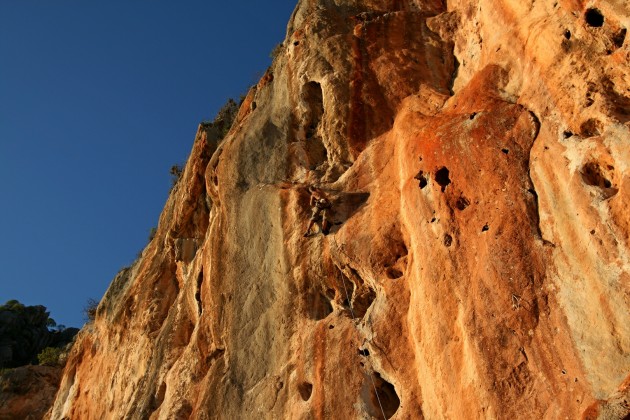

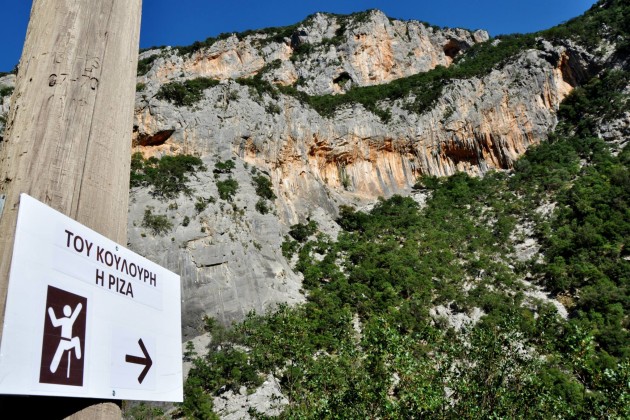
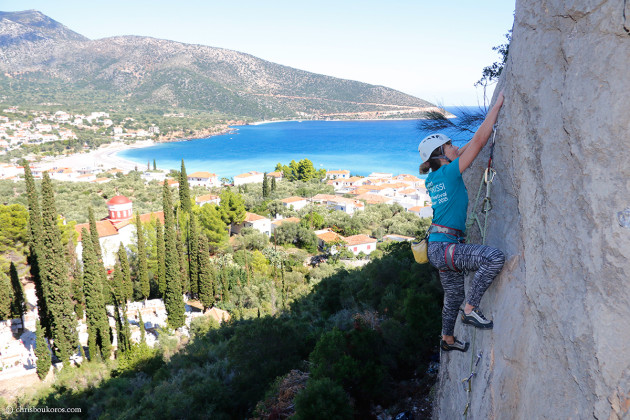
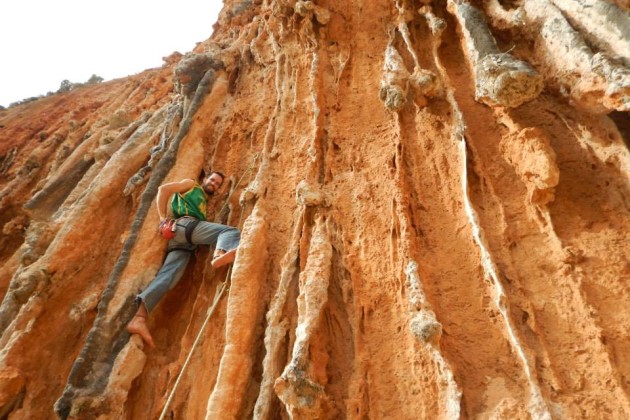

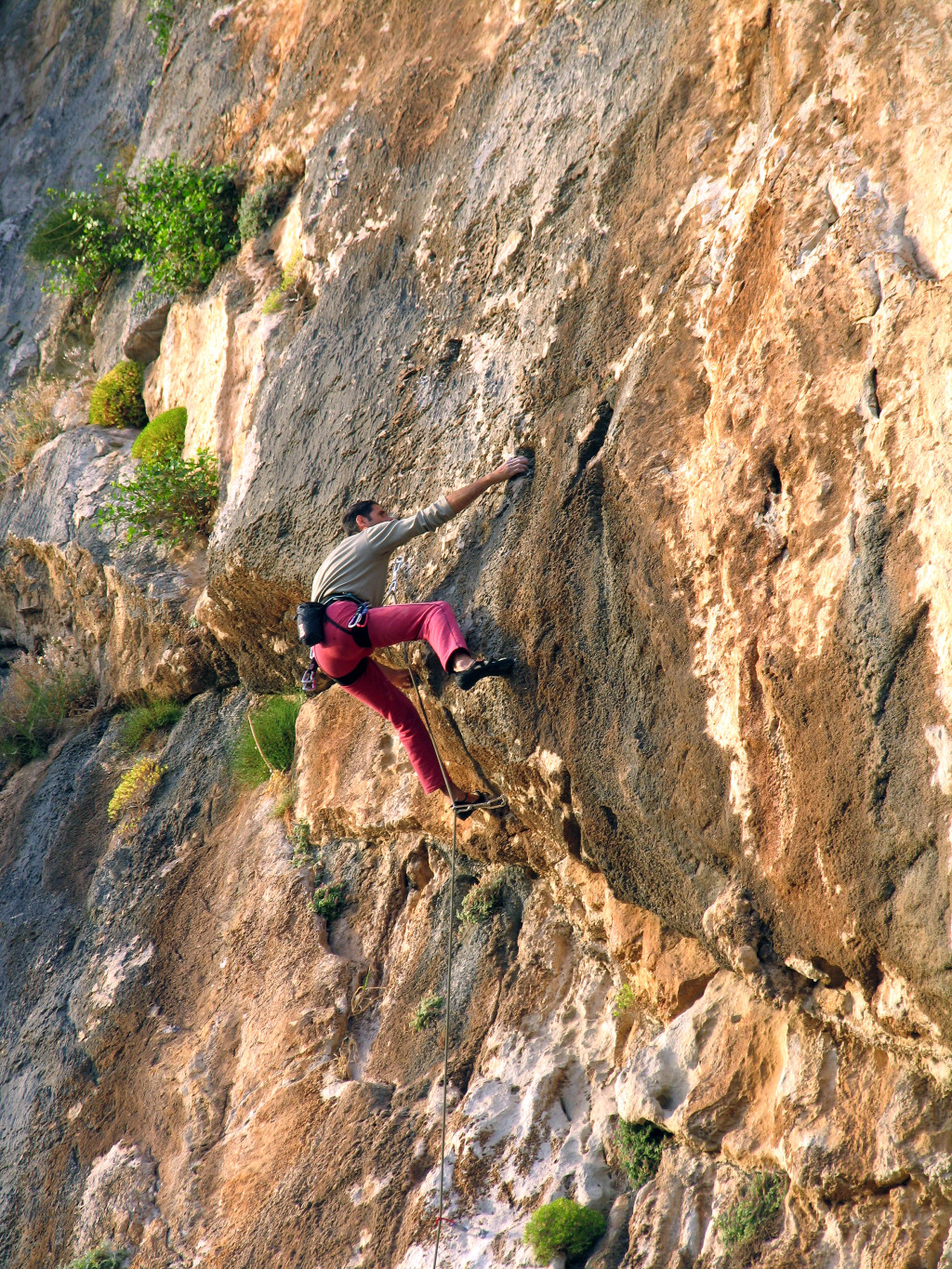
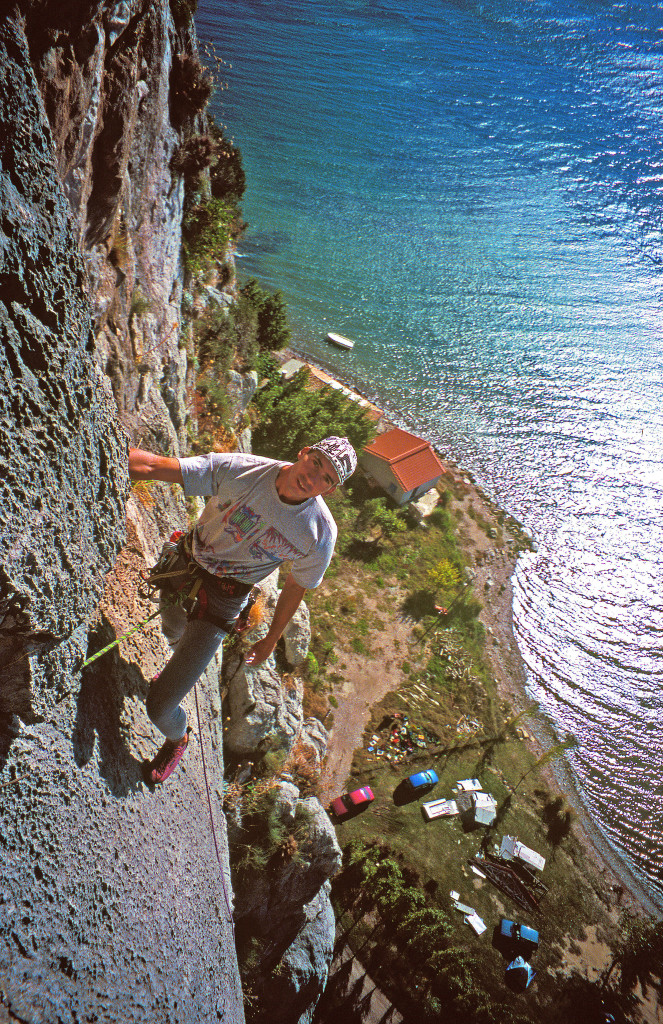

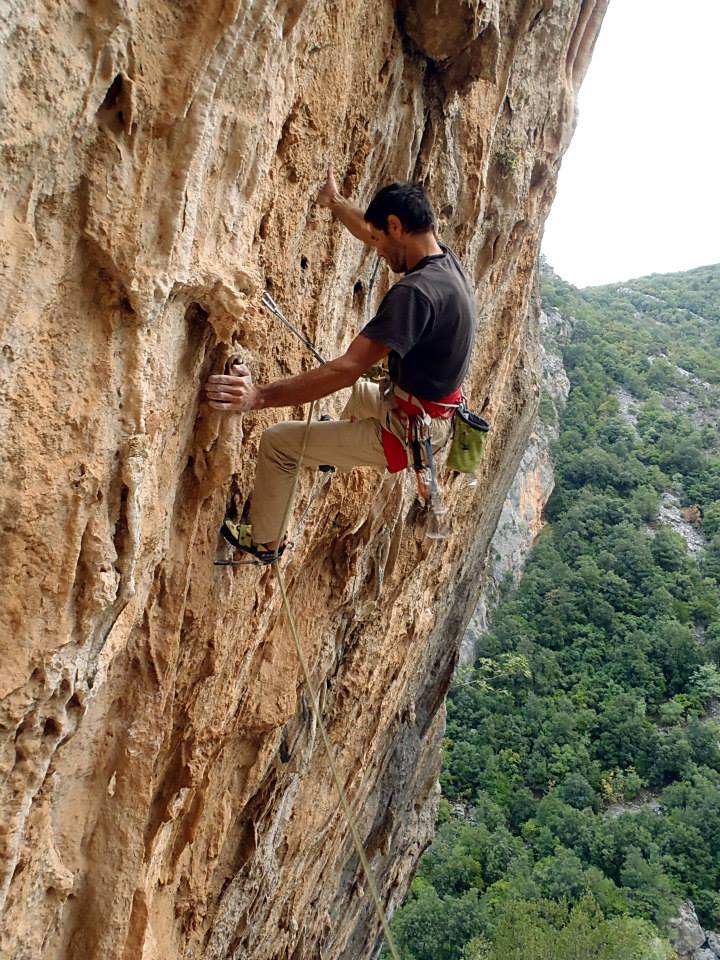
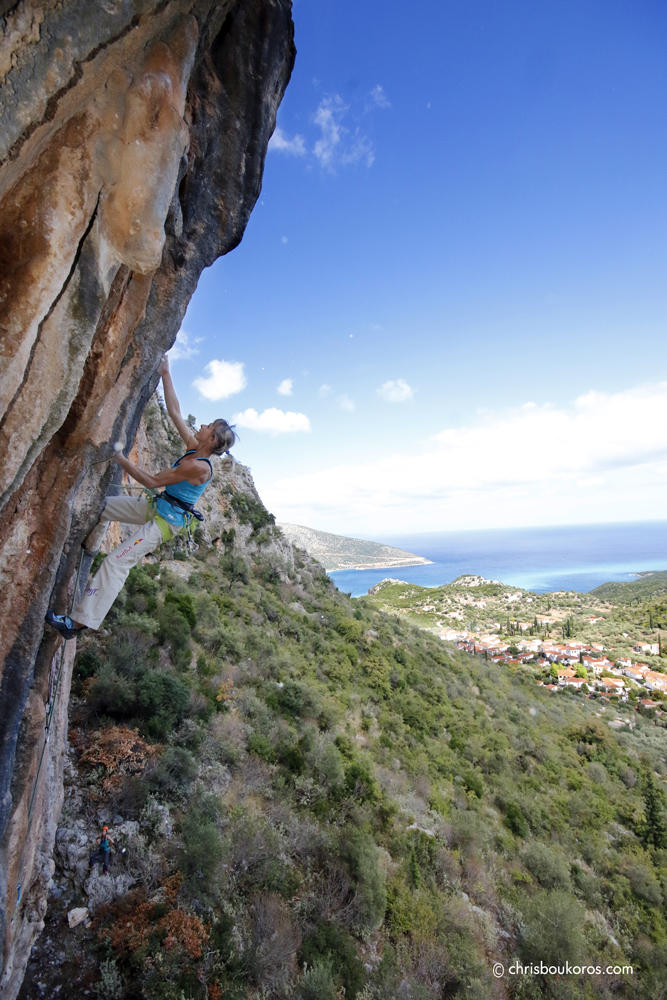


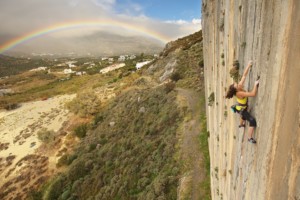


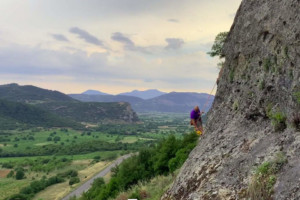

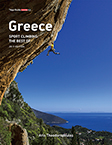
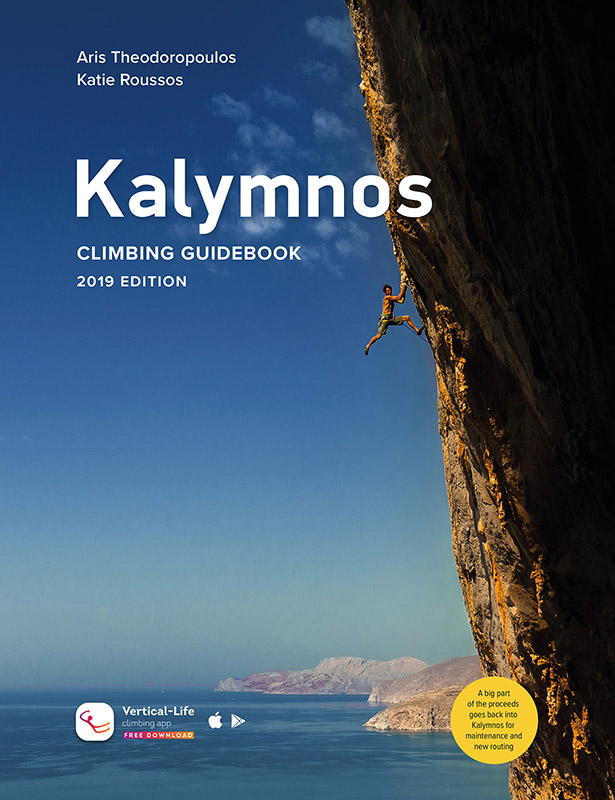

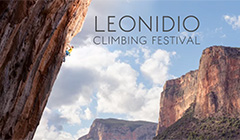

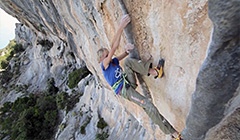

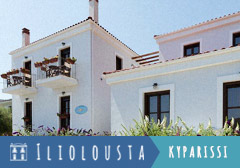

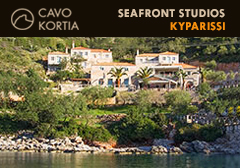


1 Comment
Nikos Fotopoulos
Nice article! There is indeed much more to explore in Peloponese and Greece overall..
The interested traveller can also have a look at
http://climbs.gr
which tries to gather information about *all* the climbing areas and point to the websites that have more information. It’s kind of interesting to know your options and plan when to go next because there is “too much” and this information is scattered in various websites.
The map there looks similar but with more “dots” 🙂
Hope it’s useful